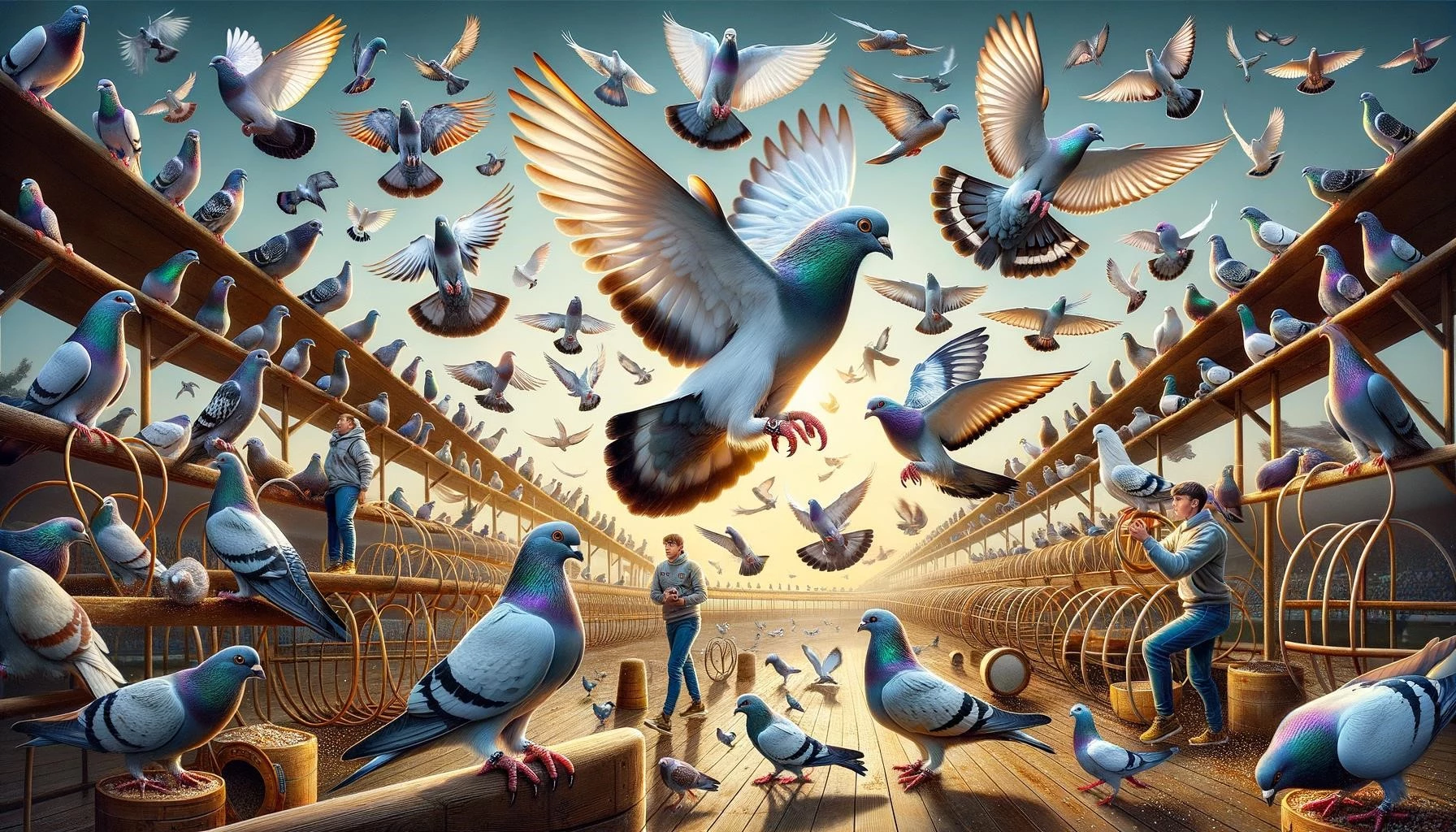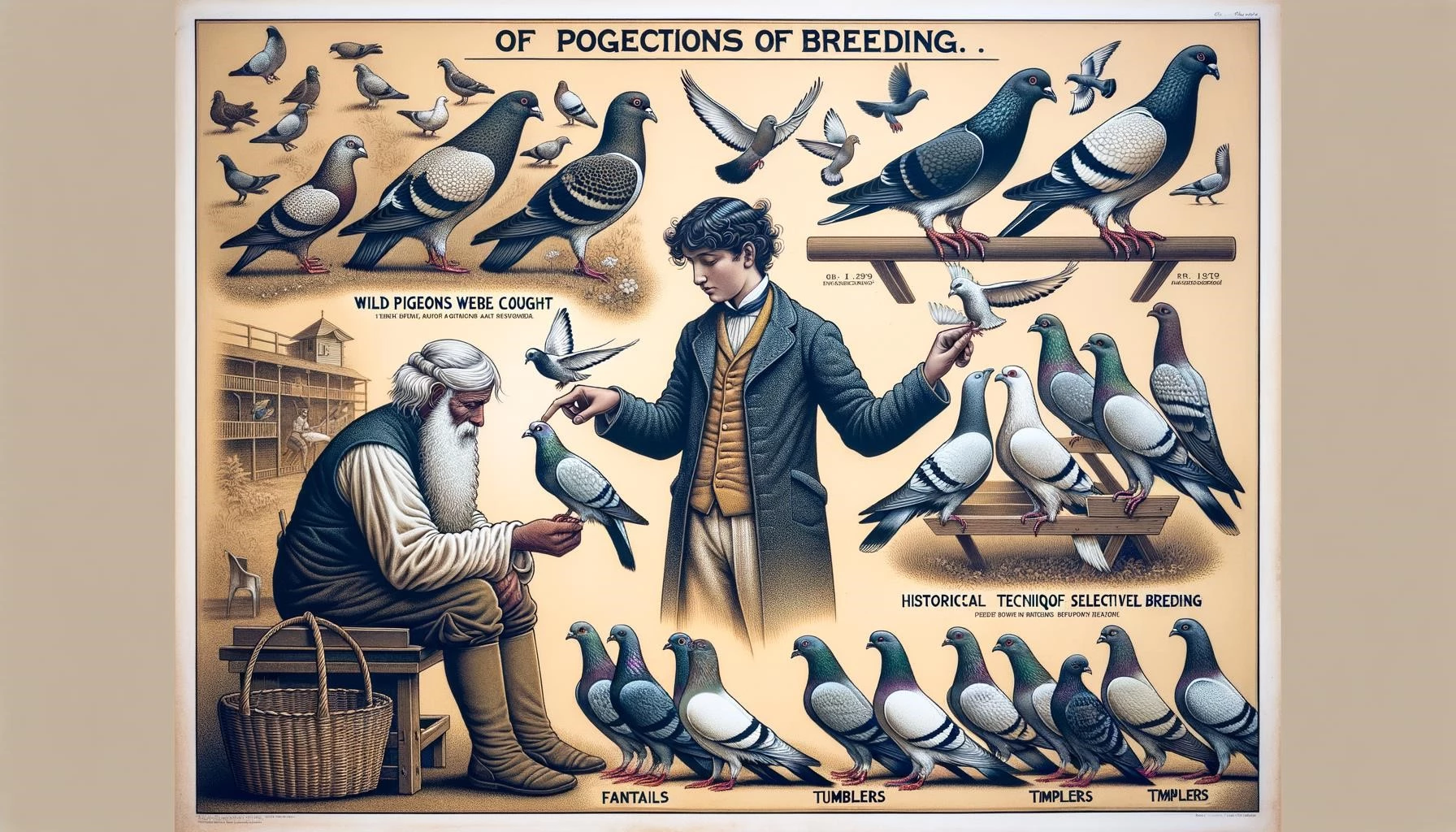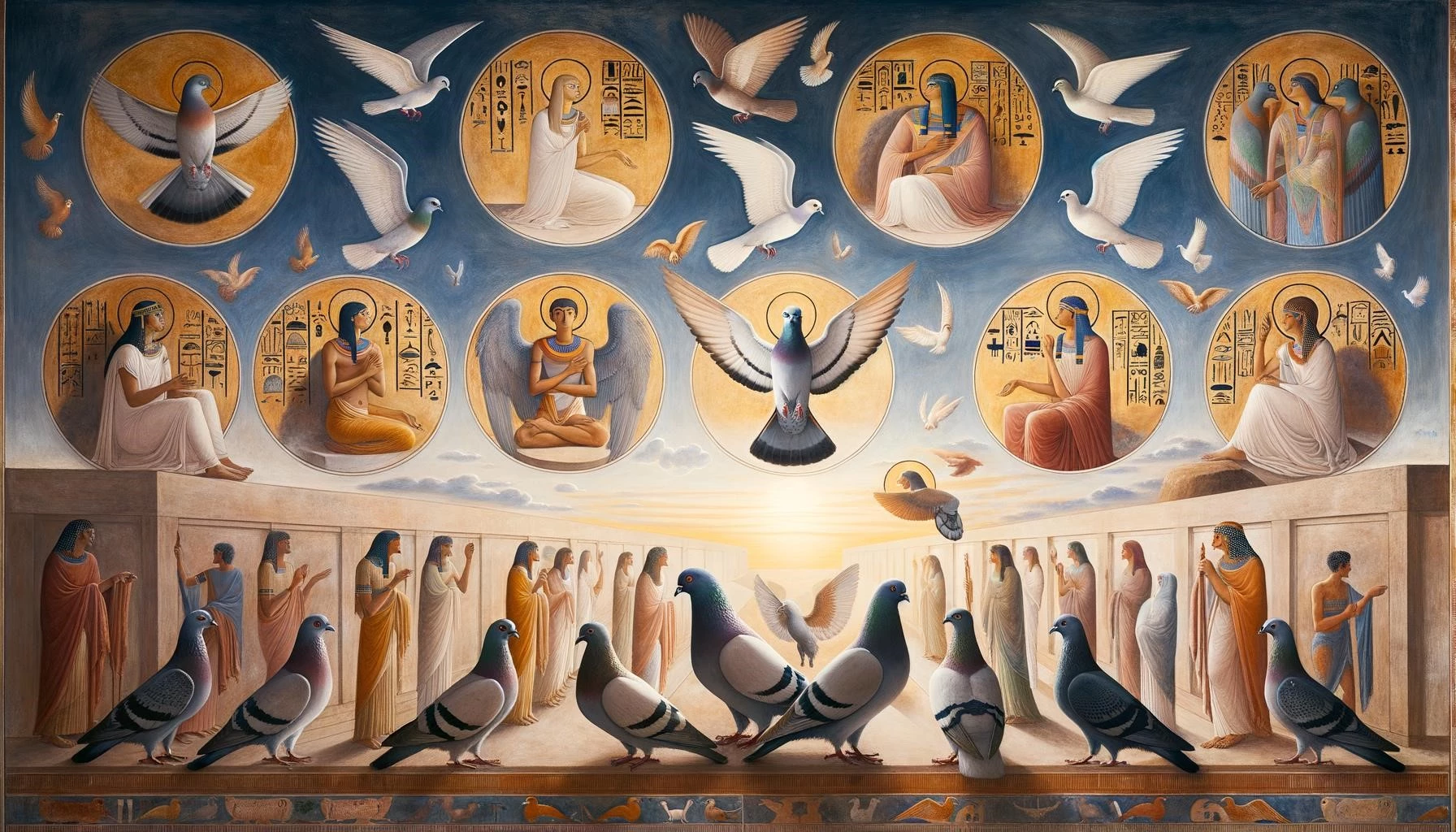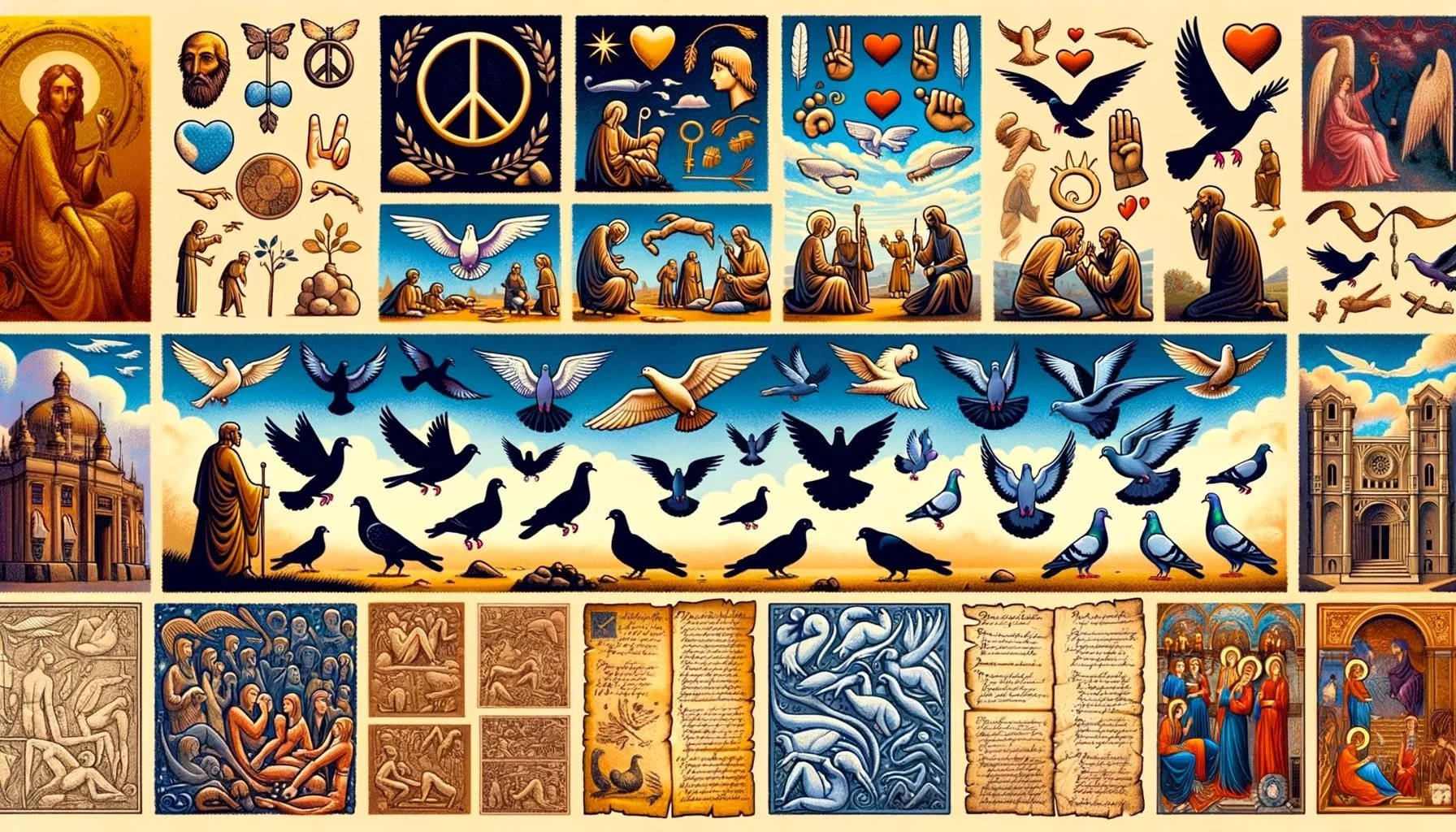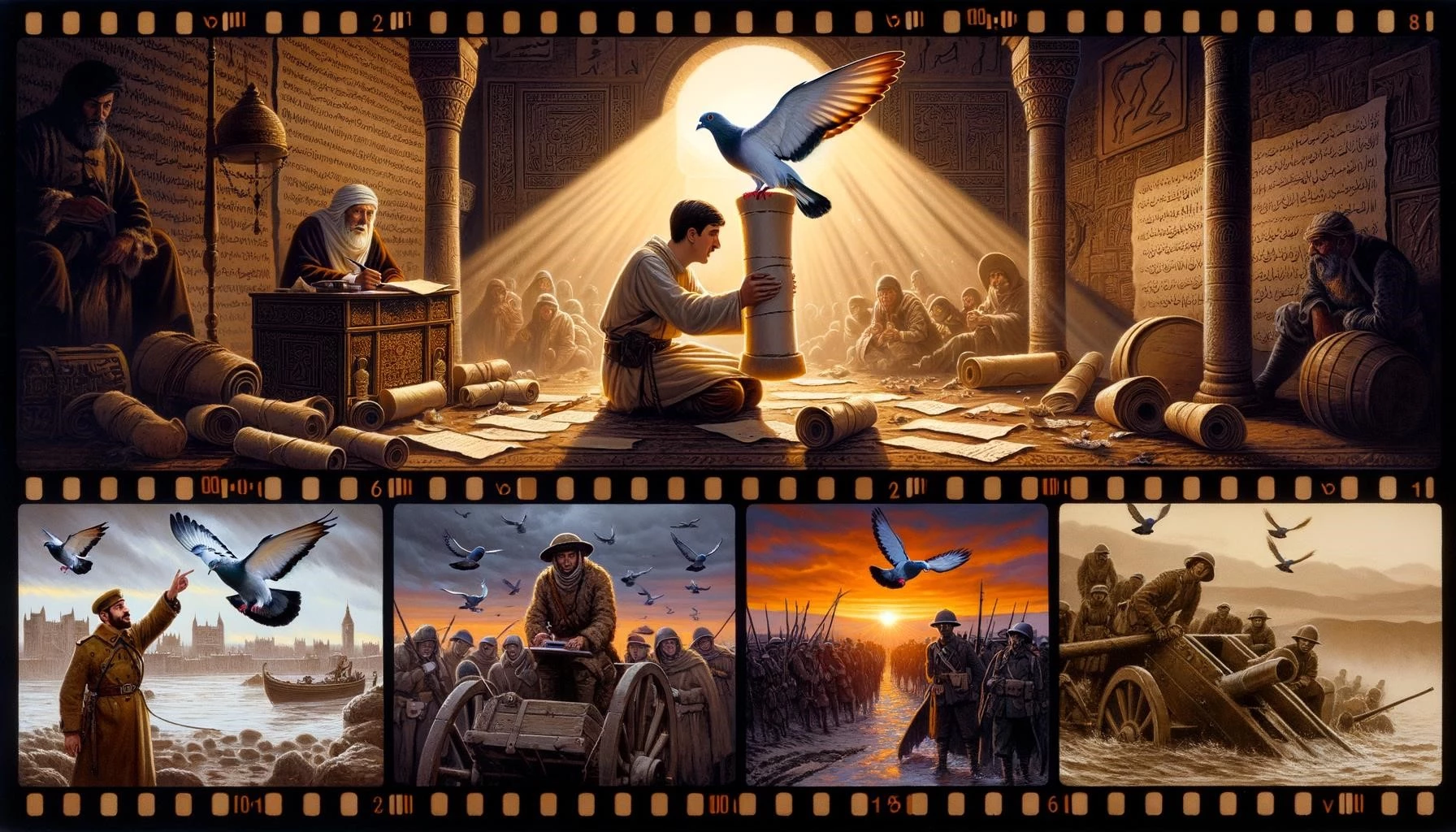Pigeons, also known as doves, have a rich history and have been featured in various forms of historical iconography throughout the centuries. These birds have been depicted in art, literature, and religious symbolism, and have held different meanings in different cultures. From their symbolism of peace and love to their representation of fertility and prosperity, pigeons have left an indelible mark on human history. In this article, we will explore the historical significance of pigeons in iconography.
Key Takeaways
- Pigeons, or doves, have been featured in historical iconography as symbols of peace, love, fertility, prosperity, and more.
- They have been depicted in various forms of art, literature, and religious symbolism.
- Pigeons have held different meanings and symbolism in different cultures throughout history.
The Symbolism of Pigeons in Different Cultures
Pigeons have been revered and symbolized in various cultures throughout history. In ancient Mesopotamia, pigeons were worshipped as symbols of fertility. They were associated with goddesses such as Ishtar and Inanna, and their presence was believed to bring good fortune and prosperity.
In ancient Greek and Roman mythology, pigeons were associated with goddesses of love, beauty, and fertility. For example, Aphrodite, the goddess of love, was often depicted with doves or pigeons. These birds were seen as messengers of love and were believed to bring blessings to marriages and relationships.
In Christianity, pigeons have long been associated with the Holy Spirit. In the New Testament, during the baptism of Jesus, the Holy Spirit descended upon him in the form of a dove. This has led to the portrayal of the Holy Spirit as a dove or pigeon in Christian iconography. Pigeons also hold symbolic meanings of peace and purity in Christian art and literature.
Similarly, in Islamic tradition, pigeons are associated with peace and purity. They are considered to be messengers of peace, and their presence is seen as a sign of blessings and tranquility.
Pigeons in Art and Literature
Pigeons have been popular subjects in art and literature throughout history. In visual art, pigeons are often depicted in paintings, sculptures, and mosaics. They can symbolize various themes such as peace, love, fertility, and spirituality, depending on the context and culture.
In literature, pigeons have been used as symbols to convey different meanings. They can represent love, loyalty, and fidelity, as well as freedom and liberation. Pigeons are often associated with simplicity and innocence, and their actions and behavior can be used to convey deeper emotions and messages in poetry and prose.
Furthermore, pigeons have played significant roles in historical events and have been used as messengers in times of war. Carrier pigeons were used in both World War I and World War II to relay messages between military units when other forms of communication were not readily available. Their ability to navigate long distances and return home made them crucial for communication during wartime.
Conclusion
Pigeons have held a significant place in historical iconography, symbolizing various concepts such as peace, love, fertility, and freedom. They have been depicted in art, literature, and religious symbolism in different cultures throughout history. Whether they are seen as messengers of peace, symbols of love, or representations of the Holy Spirit, pigeons have left their mark on human history and continue to be recognized for their deep symbolism and cultural significance.


